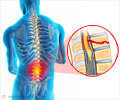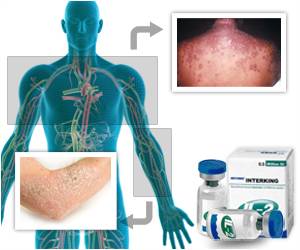Interleukin-33 is released upon injury and activates cells called glia, which begins the body’s protective response and promotes recovery.

The molecule interleukin-33, is concentrated in the 'white matter' of the healthy brain and spinal cord triggers immune response.
Interleukin-33 is released upon injury and activates cells called glia, which begins the body’s protective response and promotes recovery.
Sachin Gadani, the lead author, explains, “It’s the first thing that tells the immune system that something’s been damaged. It’s how the immune system initially knows to respond.” The researchers aren’t sure if interleukin-33 has other roles to play in addition to its role in injury response.
“Interleukin-33 must be important to the central nervous system. It is expressed all the time, even in the healthy state and we’ve only described its activity after injury. From an evolutionary perspective it makes little sense. The system produces this constantly just in case of injury that may never come? IL-33 may represent a language through which CNS is constantly talking with the immune system or, in other words, a molecular mind-body connection”, said Jonathan Kipnis, PhD, professor in the Department of Neuroscience and director of the Center for Brain Immunology and Glia.
Kipnis noted, “It’s possible that if there’s some problem with this molecule in patients, they will have poor alarm signaling, and they will have very poor outcomes,” he said.
Advertisement
Advertisement














